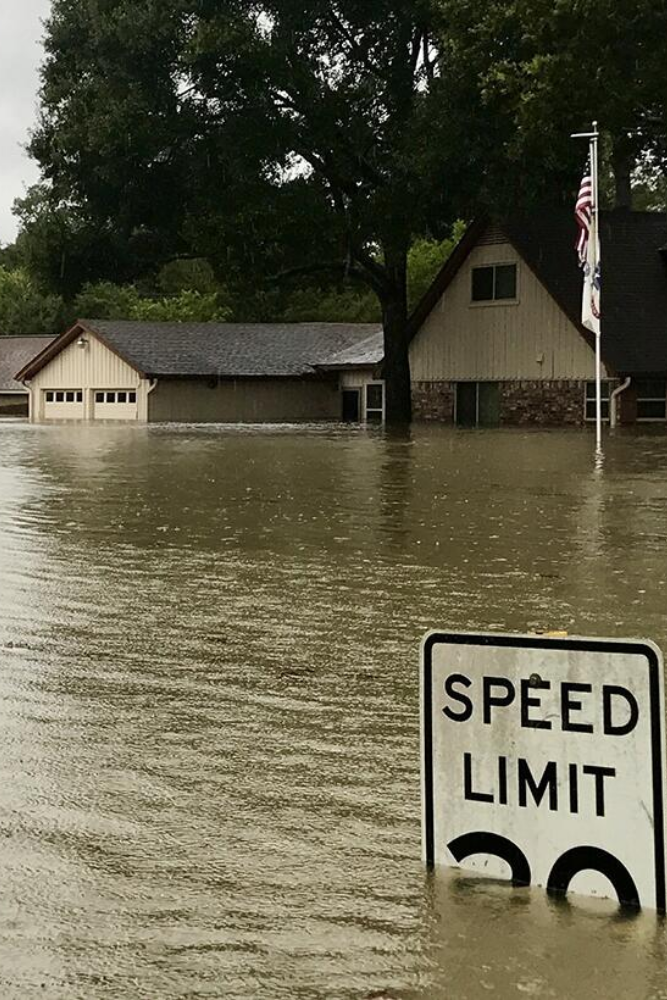

All of us have been taught about the importance of trees, but do we take action about it? Trees are the ones that make our planet habitable and alive; they are the ones that produce oxygen for us humans and other living creatures to live; they are the ones that also prevent flooding. What if the trees disappear? Oxygens will slowly run out, and floods will begin to rise. what do we do?
Trees are very important to our ecosystem because, without them, our planet will instantly fall. They are the source of life to us humans. In the country of the Philippines, we expect to see infinite trees, flowers, plants, and grees everywhere, but it is not 100% true. Many properties are being sold to become industrial buildings, and numerous trees are being chopped for our needs. On the other hand, we humans never realize what is too much to take from mother nature. We humans always take what we want and never think of what it could do for our planet. A huge quantity of people or organizations is illegally chopping trees and never planting them back. As a result, our planet is slowly turning brown rather than green, flooding becomes more common and people are struggling to adapt to this new climate. If there are floodings, there is a possibility that multiple houses are being destroyed. Many Filipino citizens are troubling to find new homes for their families, especially the ones who are affected by poverty. So how do we solve this problem? If we keep speaking about saving our planet and not doing it won’t change anything. I have a few suggestions for you to be a part of saving our planet.

Replanting trees or taking care of them is the most common solution for this problem. It is the most effective answer, but it could be very expensive for some people. Buying a sapling could cost a lot of money; including the soil, water, time, and patience that the sapling needs. This solution can be only effective if you live in a rural place; but how about the ones in the urban locations? Do we just leave them be and let them struggle with floods? Of course not, we must help them to survive.
If you have the funds to invest in these kinds of projects, it is positive that you have helped a lot of people. Because flood barrier prevents the water to enter the land. With the barrier, many people can be comfortable living within it; they can no longer fear the flood that can destroy their houses or homes. But if you don’t have the funds to invest in one of these projects, you can donate some of your money to the people who needs them.
If you are the type of person who lacks the time to do something in order to save our planet, you have the choice to support projects whose goal is to protect mother earth. There are countless people or groups that make projects for the sake of our home. If you support their work, even if it's just a small amount, it would mean a lot to them.

There are countless ways to destroy our planet and countless ways to rescue it. But if all of us work together, the future of our planet will be bright. From the lower class people, to the upperclass all have to work together; because we are the ones living in this planet and we are the ones who has to protect its beauty from all harm.
Enano, J. O. (2021, September 26). Urban poor struggle to adapt as rising seas threaten to remap Metro Manila. INQUIRER.net. Retrieved April 27, 2022, from
https://newsinfo.inquirer.net/1492243/urban-poor-struggle-to-adapt-as-rising-seas-threaten-to-remap-metro-manila#ixzz7NGtCl5mk
Fauzi, D. (2021, August 24). Coastal flood responses in Manila Bay, the Philippinesunderstanding Social Contract in the policy-making processes. University of California Press. Retrieved April 27, 2022, from https://online.ucpress.edu/cse/article-abstract/5/1/1438458/118423/Coastal-Flood-Responses-in-Manila-Bay-the?redirectedFrom=fulltext
Floods. (n.d.). Retrieved April 27, 2022, from https://www.ready.gov/sites/default/files/2020-04/Flooded-neighborhood_1.jpg.
niko photos. (2017). unsplash. Retrieved from https://images.unsplash.com/photo-1502082553048-f009c37129b9?ixlib=rb-1.2.1&ixid=MnwxMjA3fDB8MHxzZWFyY2h8MXx8bGFuZHNjYXBlJTIwdHJlZXxlbnwwfHwwfHw%3D&w=1000&q=80.
Sergienko, O. (2020). Retrieved April 27, 2022, from https://unsplash.com/photos/3BlVILvh9hM.
Mohit, K. L. (2018). Person holding a green leaf plant. unsplash.com. Kasturi Laxmi Mohit. Retrieved from https://unsplash.com/photos/uv6lUONd19w.
Oyunmedeg, O.-E. (2018). Retrieved from https://unsplash.com/photos/LmyPLbbUWhA.

©2022 Ocampo